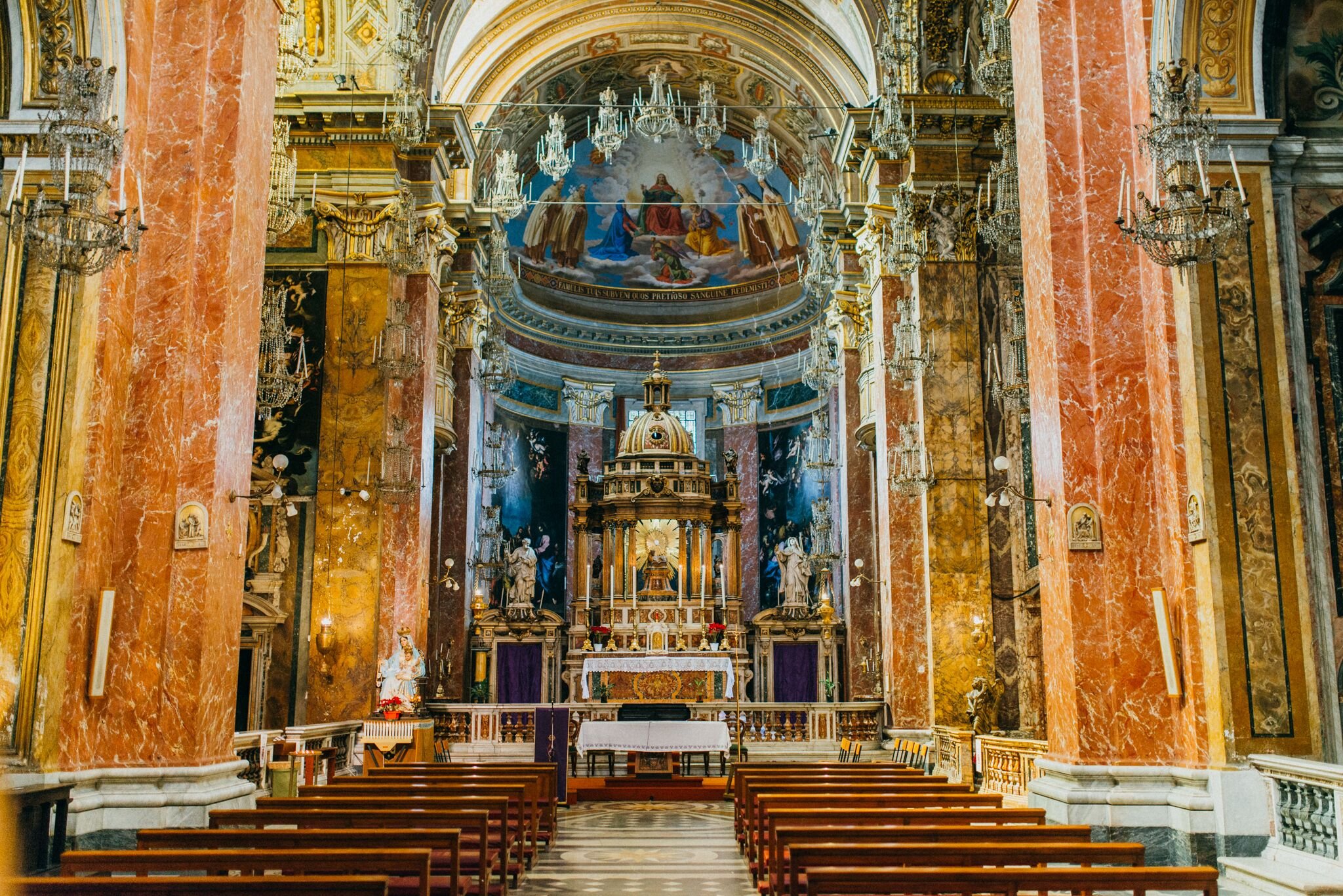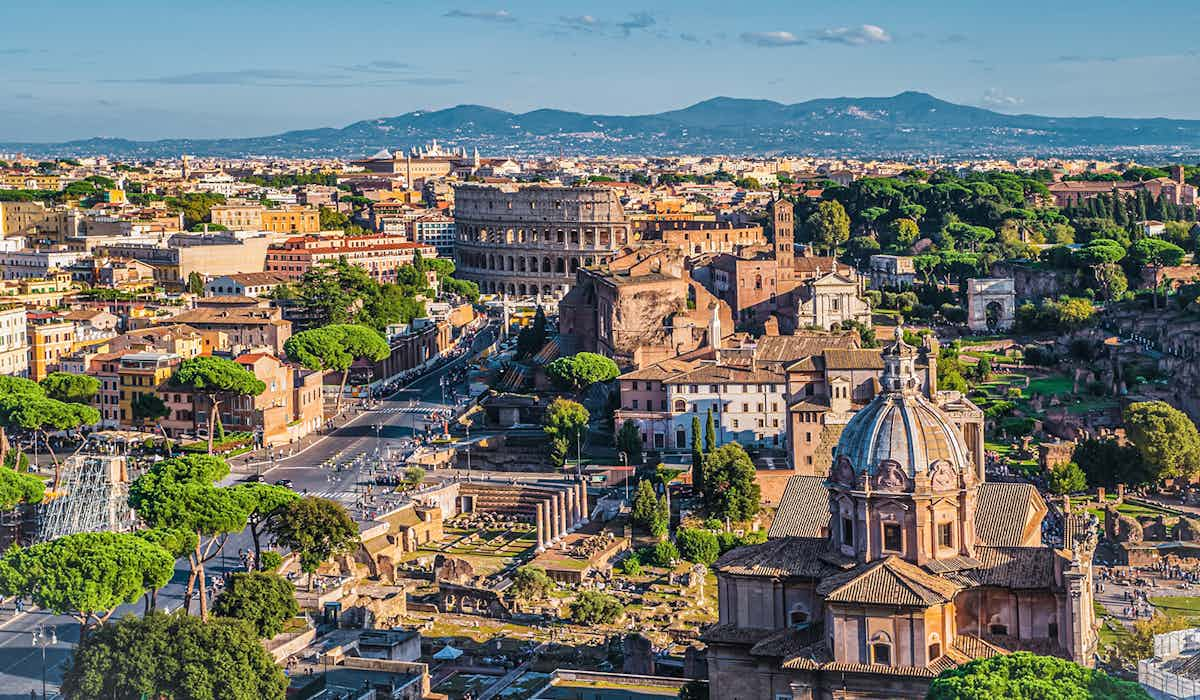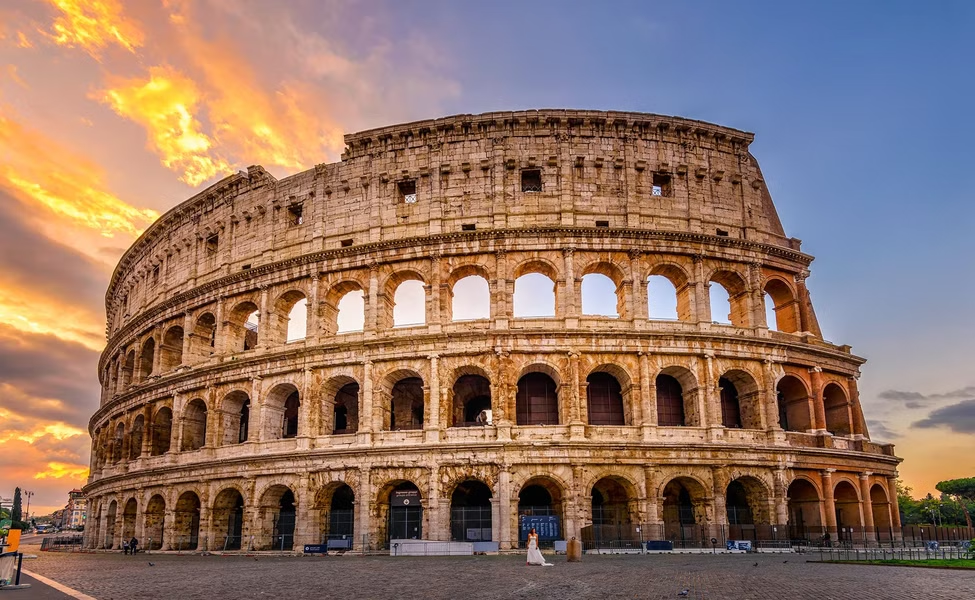The Circus Maximus, a chariot racing stadium dating back to around the 6th century BC, holds historical significance despite its present state of ruin. Situated between the Palatine and Aventine hills on Via Del Circo Massimo, it was a centerpiece of Roman culture, hosting chariot races, cultural events, and sports. Over time, the stadium suffered damage from fires, neglect by successive rulers, and natural elements. Consequently, the stadium is now largely destroyed, replaced by a sprawling grassy park that serves as a serene escape for locals and tourists. The park offers recreational activities such as picnics, games, and leisurely walks, while ancient relics like the stadium's obelisk provide glimpses into the vibrant past.
Though the grandeur of the chariot races and cultural activities has faded, the remnants of the stadium invoke images of its former glory. Excavations have unearthed miniature statues and artifacts that reflect the opulence of the era. Despite its decline, the Circus Maximus remains a poignant symbol of Rome's history. Its transformation from a bustling arena to a peaceful park allows visitors to pause and reflect on ancient times, taking respite from the bustling city life. The site continues to draw inquisitive minds and history enthusiasts, offering a tangible connection to the heart of Roman civilization.































